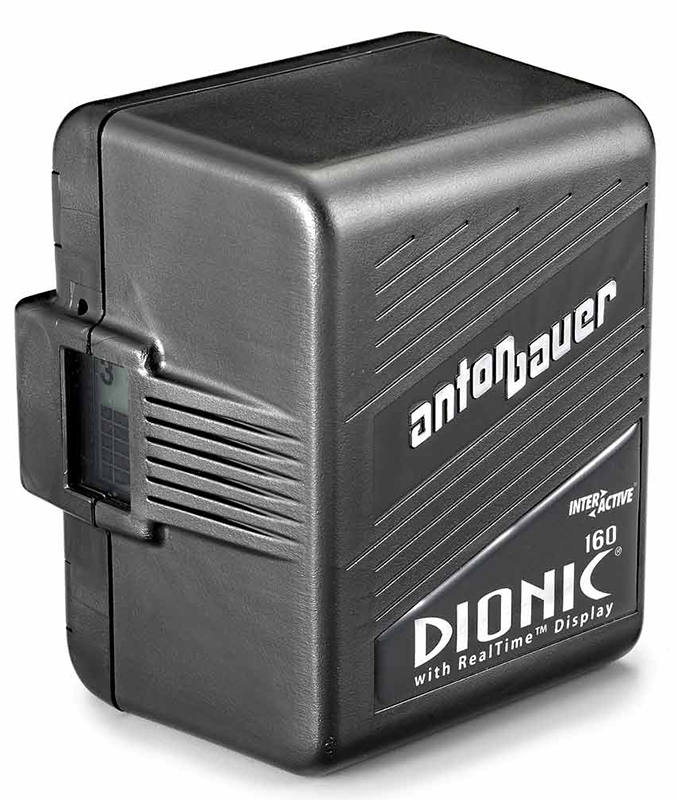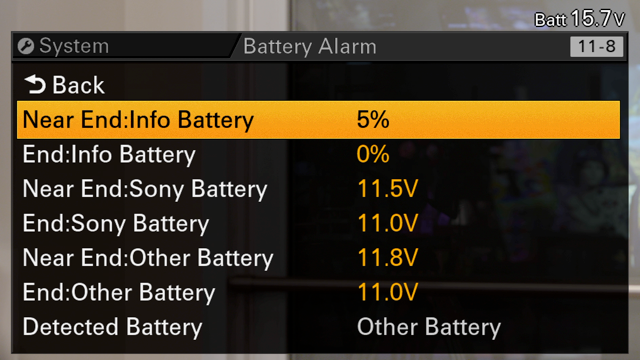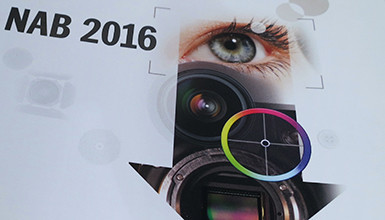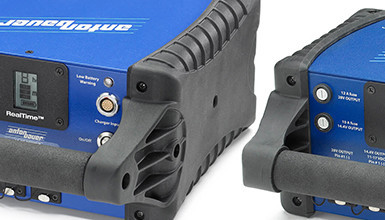
The vast majority of professional video cameras are considered to be 12-volt cameras - that is, they operate when fed 12-volt DC power. However, most of these cameras will actually work with a range of around 11-17 volts (varying from model to model). This voltage range means a variety of power sources can be used with the camera, even ones that change over time, like batteries. The most common batteries used with professional cameras actually have nominal voltage of 14.4. These 14.4V batteries are the most common, because they closely match the voltage range of most cameras - they produce 17 volts when fully charged, and down to 12 volts when fully discharged - a close match for sure.
There are other batteries out there with nominal voltages of 12 or 13.2 volts, which will work with these cameras, but they also have a fully discharged voltage that is lower than the camera can operate with. This means that the camera would turn off before the battery reached its end voltage. Since a healthy battery is one that is fully discharged when used each time, this is not ideal. Anton Bauer produced the graph below showing the voltage range of different batteries versus a typical camera's operating range.
As you can see in the graph, a nominal 12V battery will not be fully discharged until 10 volts or so, well below the operating range of the camera. Both 13.2 and 14.4-volt batteries fully conform to the range of the camera. However, a 14.4-volt battery offers other performance enhancements over a 13.2-volt battery, so they are more common.
There's more to this story though - I mentioned before that many cameras will stop operating at 11 volts. The 14.4V battery has an End of Discharge Voltage (EODV) of 12 volts, meaning that's the lowest it is meant to be drawn to. Once the battery reaches that voltage, it is meant to be disconnected from the camera - if it is drawn past that then problems start to occur. A battery is composed of many cells, which discharge fairly evenly up to the EODV, but after that, individual cells can be drawn to much lower voltage numbers, and in the extreme case they can be fully discharged. This could lead to reverse polarity in those cells, degrading their life span significantly. Beyond that, many batteries will simply become inactive when drawn lower than their EODV. The display on the side of an Anton Bauer battery may disappear for instance. This is certainly annoying, as it may also indicate damage to your battery.
To prevent over-discharge, many cameras have a battery setting which specifies a cut-off or Low Voltage for a battery. These settings tell the camera both when it is almost out of battery (the Near the Low Voltage setting) and when it is suppose to stop drawing power from the battery altogether and turn off. Most ENG cameras expect a 14.4V battery, so they default to having a Low Voltage of 12V and Near End somewhere around 13V. This is about right for most battery chemistries. However, some cameras do not default this way, which could cause problems. The F5/F55 cameras are designed to work well with Sony's own batteries, but when working with 'Other' (non-Sony) batteries the default low voltage is 11V (see the menu below).

To fix this, just adjust the Low Voltage to 12V and Near End to 13-13.5V, which is about right for most nominal 14.4V batteries. I bring this topic up because we recently had several clients come in with inactive batteries after using them with the Sony F55. Also, IDX issued this statement indicating the same for their batteries when in use with the F55. The F5 & F55 are far from the only cameras that default this way, so always check your battery settings to make sure you get the most use out of your batteries over time.
Learn more about batteries on Anton Beaur's website.














